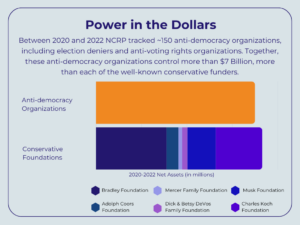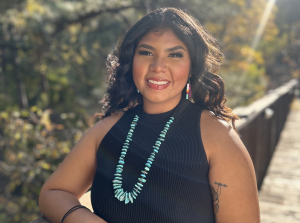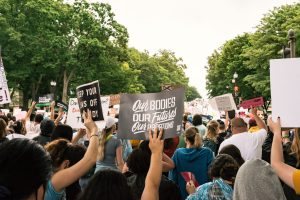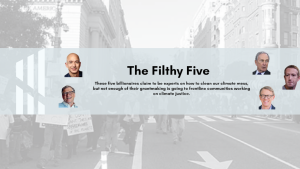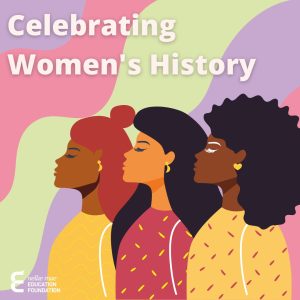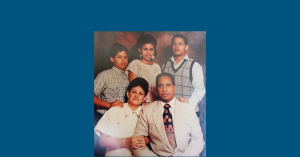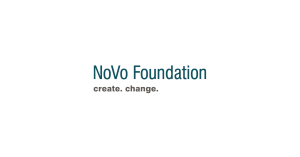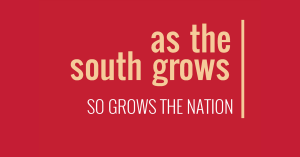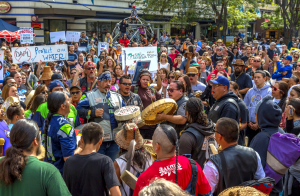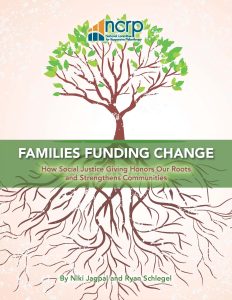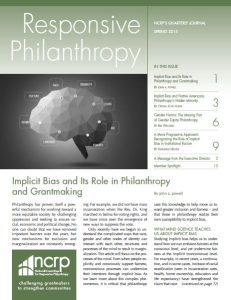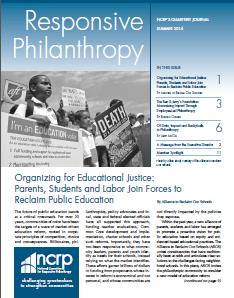It’s easy to remember where I was seven months ago this week. On Friday, June 24th, 2022, I sat at my desk, surrounded by the chaos and boxes from my recent move, hoping my new wi-fi had enough capacity for the few zoom calls ahead of me. However, within minutes of my morning 10 o’clock call, notifications flooded my phone screen with news that would inevitably shift any work I had planned to do for the rest of the month, let alone for that day. It was the alert I’d been dreading for months.
“Dobbs” had dropped. The Supreme Court of the United States had accepted the state of Mississippi’s invitation and overturned Roe v. Wade, eliminating the federal constitutional right to abortion.
I excused myself from my zoom call and braced myself to read the final decision. The next hour was spent checking in with my comrades from the frontlines, sharing space to be present with every valid feeling we were having in the moment.
I am still checking in.
The January 22nd 50th anniversary this week of the decision in Roe v. Wade to initially legally guarantee abortion access is a painful reminder of what can be lost when too many ignore the call of grassroots organizers, allies and other leaders. It is also a good opportunity to remember the mass mobilizations that immediately popped up across movements.

“Everyone Loves Someone Who Has Had An Abortion” Art created by Kenya Martin, Jasmine Burnett and Micah Bazant as a collaboration between National Network of Abortion Funds and Forward Together.
Grantmakers were amongst those mobilizing in the moment, personally or professionally supporting the many abortion storytellers, abortion fund staff and volunteers, independent clinic workers, and reproductive justice organizers across intersecting movements. People that held this work long before Dobbs was even a case and would be carrying this work beyond its ruling.
People whose sacrifices have kept the door of access open through countless economic, social and political barriers and obstacles.
People who philanthropy must continue to boldly support after this anniversary passes.
Grief that was Years in the Making
If we want to honor the good work of so many, we cannot forget that initial moment of mixed feelings. The anger that people did not believe us when we rang the alarm for decades that Roe was insufficient. Fear for the safety of people who will seek abortion services and for those of us supporting them in accessing care. The grief for all the amazing organizing and demanding work that went into creating resources, services, and strategies that this decision looks to erase. And even the relief that the decision we were all anxiously awaiting has finally been made, no matter how destructive the ruling’s potential.
In the immediate moment, it was hard not to feel angst, especially towards philanthropy. After spending two years reviewing data and creating content about the sectors’ absences and negligence that created the gaps that got us to this moment, I felt sick. I let the slack channel know I was offline for the rest of the day and needed to be in community with other reproductive justice folks in that moment rather than the sector that I was currently resenting.
 Meanwhile. Anti-abortion elected officials and advocates were actively prepared, waiting with trigger laws that would go into effect almost immediately following the Supreme Court’s decision. It was just the latest example of their ability to quickly seize the opportunity to push their agenda forward during times of national distress. As past research from NCRP and others have shown, they made it a point to exploit the COVID-19 pandemic to restrict abortion access, having a major impact in just the first month of lockdown in several states. (See the box on to the right for more about the ways COVID-19 became a catalyst for the months of blatant anti-abortion attempts on access.)
Meanwhile. Anti-abortion elected officials and advocates were actively prepared, waiting with trigger laws that would go into effect almost immediately following the Supreme Court’s decision. It was just the latest example of their ability to quickly seize the opportunity to push their agenda forward during times of national distress. As past research from NCRP and others have shown, they made it a point to exploit the COVID-19 pandemic to restrict abortion access, having a major impact in just the first month of lockdown in several states. (See the box on to the right for more about the ways COVID-19 became a catalyst for the months of blatant anti-abortion attempts on access.)
Both moments of panic and uncertainty were used to the advantage of the anti-abortion agenda, resulting in countless forced pregnancies and restrictive access to reproductive and sexual healthcare with unfortunate consequences. It is now a forgone conclusion that organizations, advocates, and legislators supporting these abortion bans and attacks will seize any moment to enforce their views, no matter what the crisis or circumstance.
And they’ve only just begun.
Frontline Groups Fight Uphill to Confront Evolving Threats
Opposition is nothing new to the abortion movement. Between June of 2022 and the passing of Roe v Wade in 1973, states across the nations enacted 1,381 abortion restrictions. In fact, between 2015 and 2022, 127 independent clinics across the country closed their doors because of a lack of funding and threats of medically unnecessary abortion bans.
So yes, many organizers have grown up not knowing anything other than having to defend access from those whose life’s mission is to infringe on bodily autonomy and to gatekeep parenthood. However, the tactics and strategies of the anti-abortion movement are evolving with the times and casting a shadow over the wins for abortion access.
For example, earlier this month, the Biden administration expanded access to medication abortion after the Food and Drug Administration decided to make abortion pills available in pharmacies. With medication abortions now accounting for more than half of all abortions in the United States, pills like mifepristone and misoprostol can now be taken at home during the first 10 weeks of pregnancy. The New York City Health Department even announced that it would be offering abortion pills at no cost throughout four sexual health clinics across the city as a part of the “New York City Women’s Health Agenda.”
Not surprisingly, states with anti-abortion policymakers have stepped up their efforts to limit telemedicine, with local laws being pushed to require people to physically attend an appointment with a physician to take the pill, further restricting access. They are even going as far as using environmental laws to halt the dispensation of abortion pills. A petition has been filed requesting that the FDA regulate the disposal of abortions and treat them as “medical waste”, the argument is that if patients are flushing their abortions at home in their toilet, they are being exposed to wastewater and become an environmental hazard. In Alabama, the attorney general is even threatening to prose use medication abortion to terminate their pregnancies under an existing chemical-endangerment law. These threats have the potential to create such barriers to medication abortion that physicians will stop prescribing them.
All this while legal and financial pressure squeezes out of existence the number of facilities that offer services and support, especially in states where the assault on access is the greatest. In June 2022, 79 clinics operated in 15 states that were actively enforcing either total or 6-week abortion bans. By October 2022 – the number of facilities that offered full abortion services shrank drastically to only 13 – all in Georgia. In those 100 days since the court’s decision, 26 were forced to close their doors forever. The remaining 40 were still open but shells of their former self, restricted by local laws and dwindling resources from providing abortion services of any kind.
Frontline Groups Model a Way Forward
Many anti-abortion organizations have made it clear that Roe being overturned was never their end goal and that the work to abolish abortion access has only just begun. This movement’s opposition has the philanthropic dollar advantage by so much. For example, between 2015 and 2019 groups engaged in crisis pregnancy efforts were funded at five times the rate of those dedicated to ensuring abortion access, pulling in $278M in foundation support compared to $56M for legitimate clinics and abortion funds.
It is easy to feel defeated by these numbers and any other qualitative and quantitative data that suggests the sector’s lack of consistent interest and deep investment beyond flashpoints and the media spotlight. It certainly adds to the exhaustion that when your work is underappreciated, underfunded and constantly targeted, especially in moments when everyone’s capacity across the world is at its lowest.
However, the last seven months have provided philanthropy with yet another opportunity to see just how tactical and essential abortion organizers truly are. Abortion funds led fundraisers in their moments of depletion and panic that resulted in an amount of “rage giving” that allowed many of them to finally be able to hire paid staff after years of being volunteer-led or relying primarily on working boards of directors.

Groups like the New Mexico Religious Coalition for Reproductive Choice have been reserving several seats on flights from Texas to bring abortion seekers into New Mexico on a weekly basis. While organizers in California, Michigan, Vermont, Kansas, Kentucky, and Montana secured state ballot measures in the last year to codify the right to an abortion or to dismiss any attempts to deny access to abortion care by the states.
Organizers – and the grantmakers who support them — also know that lasting local transformative responses must also take place beyond the legislative arena. In southern states like North Carolina, the Mountain Area Doula Collective and the Carolina Abortion Fund are offering abortion doula training to people that are interested in supporting individuals through their abortion care. Abortion doulas offer care and support for people during their scheduled clinic appointments, in addition to at home support for medication abortions and abortion aftercare. It’s a form of practical support that pre-dates Roe v Wade.
Philanthropy’s Task: Fund access as it should have always been
In the first 48 hours after Dobbs dropped, everyone, including the sectors and systems that often ignored the movements warnings, were watching the frontlines response to what was on the horizon. Donations flooded in as means of utilizing the rage and grief we were feeling not just over this moment, but over the last few years since COVID-19 previewed how abortion access was going to look.
People also stepped up to support one another. Countless people shared their abortion stories on their capitol house steps, and even dropped banners over highways to remind the world that their states were ready and waiting to receive abortion seekers. While many actions were coordinated ahead of time, in anticipation of when worst case scenario decision would be made, many others were the result of local individuals and organizers seeking community and coming together in response to the moment.
As we look 50 years ahead of the overturn of Roe, we must remember those moments if we want to firmly embed the principle and reality of access for every person living in this country. We need a shift in resources so that there can be more joy in abortion organizing rather than an endless cycle of grief and panic. Human dignity demands that those on the frontlines of access deserve not just to survive this work, but to be sustained and thrive in their service roles to our communities. We all benefit from a future where abortion seekers can choose when, how and where they have abortions and forced pregnancy is seen as the problem rather than the solution.
That future must also include one where foundations also acknowledge and address the funding gaps and disparities in their own grantmaking that has been harmful to individuals, organizations and the movement at large. Difficult conversations lie ahead of us, even among the closest of friends.
To reach these goals, philanthropy must make deep and long-term commitments to the work. This means looks like prioritizing state and local abortion funds, distributing unrestricted funding to legitimate abortion clinics, screening current and future grantees for deceptive anti-abortion groups and investing in policy work that combats the opposition directly.
Don’t know where to start? NCRP’s Road to Abortion Access and the work of We Testify, Florida Access Network and the Abortion Care Network are good places to start.
While I don’t gauge reproductive liberation by philanthropies investments, I do hope to see the sector is galvanized to be bold and transformative in its commitment to reproductive justice. Frontline leaders and impacted communities are providing models for our continued fight. All we need to do is remember and trust in what we can accomplish when we show how much we care about access – and each other.
Brandi Collins-Calhoun is a Movement Engagement Manager at the National Committee for Responsive Philanthropy (NCRP). A writer, educator and reproductive justice organizer, she leads the organization’s Reproductive Access and Gendered Violence portfolio of work.















